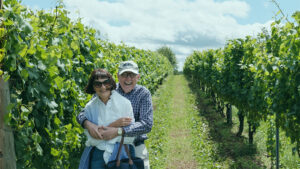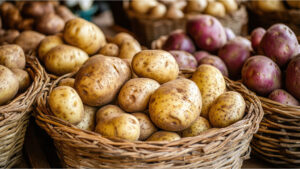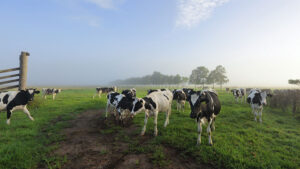We describe IIF as share farming for the 21st century. So, what exactly is share farming? And how does our version of it differ?
The earliest records of a system of share farming date back to ancient Egypt, with sharecropping contracts dating from about 600BC.
Under Egyptian law (and later under Roman law), a farmer could cultivate land owned by another farmer for a portion of the crop.
In Rome, the system proved useful when former slaves were released. They had no money and had no land. Share farming allowed them to feed themselves, earn income and be productive.
Share farming also proved popular as Europe recovered from the 14th century plague, the Black Death. There was a population explosion. There was also a relative lack of free land.
It continued to be common in Ireland, Scotland and Africa a few centuries ago. The practice spread to the USA late in the 19th century. When slavery was abolished, share farming once again gave freed men and women a chance to feed themselves and their families without owning the land on which they grew their crops.
The appeal of share farming to land-owning farmers is that it allows the land to remain productive even when the owner isn’t personally cultivating it.
Of course, farmers have explored variations on share farming. One method introduced simultaneously in the USA and Germany is commonly called community-supported farming.
Here’s how it works. Farmers calculate the average annual crop off their land. They then presell this. Perhaps 200 families pay $200 each for a share of everything produced on the farm. When each crop is ready, farmers notify investors to come and collect their produce.
In South Australia, neighbouring farmers employed a third method, collaborative farming.
They sold their properties to a jointly-owned company. They then shared equipment, and staggered harvests so that equipment could be used more efficiently. Hired staff moved between farms as needed. Income from one farm’s crop could then finance harvesting on the other farm.
Giving farmers access to money before harvest gives them the ability to better manage cash flow. They have the money for fertiliser (an essential that has skyrocketed in price recently). They can use the money to hire pickers. Or invest in new equipment.
So, how does the IIF model differ from these share farming models?
In the IIF model, the farmers already own (or sometimes lease) the land. What they are sharing is the produce from the farm. Usually, they do this because they are keen to build relationships with their consumers, or they’d like to smooth out their income streams.
Each farmer chooses what portion of the farm’s produce to make available for presale to IIF Co-op members.
Each farmer chooses at what stage of growth to make the produce available. It could be three months from market readiness. Or six. Or, in the case of cattle, maybe eighteen.
IIF works with the farmer to set the member purchase price and estimate the sale price. The opportunity is announced to IIF members via the IIF app. Every IIF member is free to choose whether to buy, what to buy, and how much.
The farmer receives money from the presale to IIF members. The IIF member watches progress of each purchase on the app.
The farmer continues to raise the crop ready for market. When it sells, the farmer and IIF members share in the outcome.
Share farming is thousands of years old. Why does it have appeal in the 21st century?
We know from IIF members that they love supporting farmers directly. They love being able to invest in tangible things – in orchards and fields, vineyards, oysters, cattle and bees. They love the idea of having a farm in their pocket – being able to view their farm holdings on their smart phone. They love the direct communication with each farmer.
We know from farmers that they appreciate being able to get to know and to educate consumers, build their brands, expand their markets and get early access to money from the sale of their produce.
Share farming might have been around since Roman times. But there’s nothing at all like IIF’s modern take on it. (Learn more about how IIF works here.)




